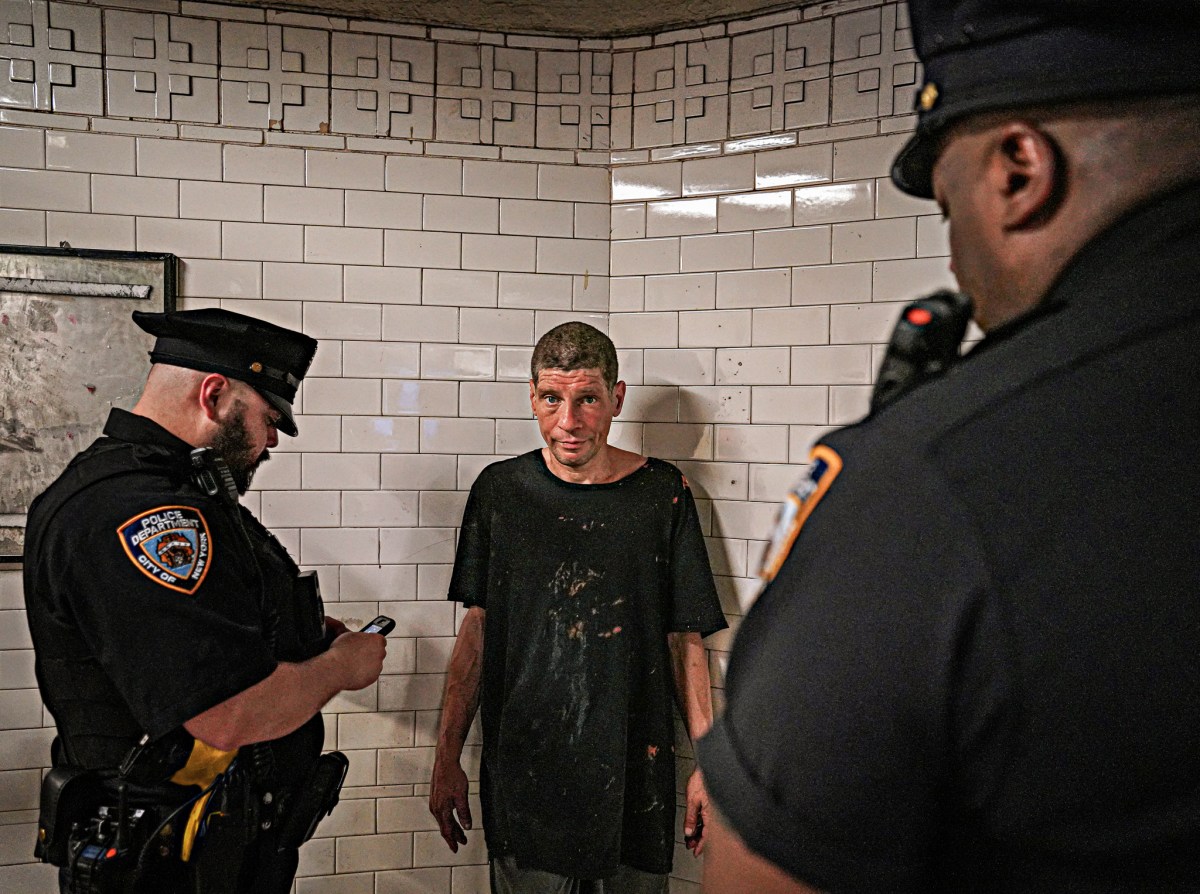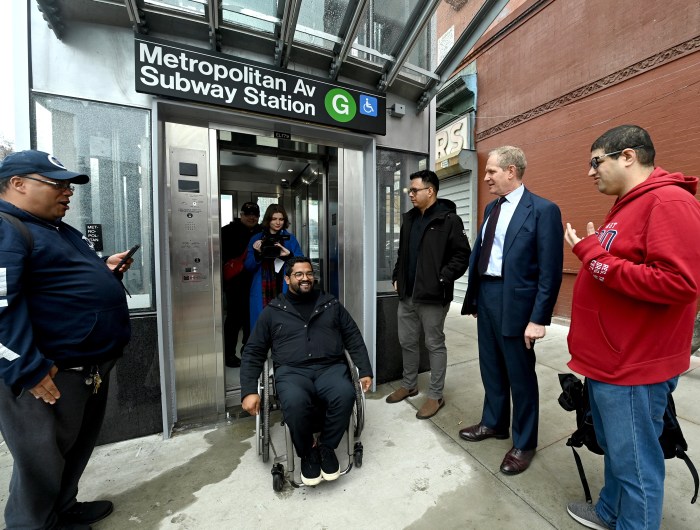They’ve been L-eft in the dark!
Transit officials must release a plan for how the 225,000 straphangers who currently ride the L train every day will commute during the impending 15-month closure of the subway’s underwater Brooklyn-to-Manhattan tube, local leaders and North Brooklynites demanded at a rally in Williamsburg.
“It’s just been silent. They don’t have to come out with a final plan, but come out with a pre-plan to discuss and amend and make suggestions, just so we’re talking about it,” Assemblyman Joseph Lentol (D–Williamsburg) said at the Dec. 5 event. “It’s going to be painful no matter what happens, but we have to try to make it painless and do certain things that will ameliorate the situation so that subway riders can find alternate means of transportation without being hours late for work.”
City and state transportation honchos started meeting with locals in early 2016 to discuss why they must close the so-called Canarsie Tube through which the L train shuttles straphangers across the East River into the outer borough, which requires renovations after being ravaged by superstorm Sandy.
That May, Metropolitan Transportation Authority and Department of Transportation reps revealed some measures proposed to provide transit alternatives and mitigate the increased congestion expected on other train lines when the repairs begin in April 2019 — including running more buses on new dedicated lanes and bulking up other subways’ service.
And this May, officials floated other ideas such as launching a new ferry route across the East River — but since then, there’s been radio silence, according to another local pol, who said time to devise solutions is running out.
“Last time we met with them was quite a while ago,” said Councilman Stephen Levin (D–Williamsburg). “We need to hear from both agencies soon — it’s totally unacceptable to go into the new year without a plan in place.”
Straphangers waiting to find out how their daily commutes will change echoed the legislators’ concerns, claiming the transit agencies basically left everything up in the air.
“There are just a lot of unanswered questions,” said Greenpoint resident Elizabeth DuBois, who rides the L train regularly. “I’ve heard a whole bunch of nothing.”
And local commuters aren’t the only ones frustrated by the lack of information. Property owners and proprietors of area businesses that rely on foot traffic from busy stations along the line are worried about how both changes in train service and an increase in noxious diesel-fueled people-movers will affect them, according to the leader of a commerce-boosting group.
“How they run buses will have a huge impact on our property and small-business owners,” said Homer Hill, the head of the Grand Street Business Improvement District. “It’s imperative we get as much information as we can as soon as we can so folks can prepare for what’s going to happen.”
Levin worried that an ongoing feud between Mayor DeBlasio and Gov. Cuomo — which has included spats over issues such as deer, the subway system, and roadways — could complicate the creation of any plan and its timely release, because the city and state will have to collaborate on one, he said, even though New York State officials call the shots on local public transportation, a point Hizzoner made crystal clear this summer.
“My biggest fear right now is that the rivalry and bad feelings between city and state will get in the way of effective coordination between DOT and MTA,” the pol said. “That’s a real risk here.”
And Lentol demanded the head of the state transportation authority, Joe Lhota — who returned this summer to the post he gave up in 2012 to run a losing mayoral campaign against DeBlasio — prioritize the L-train situation after spending months addressing problems to the ailing, cash-strapped subway and railroad systems during this year’s so-called “Summer of Hell.”
“His concentration is not on this, but he has to come out of that funk, recognize the problem, and find time to deal with us and meet with us,” the lawmaker said. “This summer will look like a drop in the bucket if we haven’t got some sort of a plan by next summer.”
Officials at both the Department of Transportation and the Metropolitan Transportation Authority are brainstorming ways to address the suspension of Brooklyn-to-Manhattan L-train service — the subway will still run locally between the Bedford Avenue and Canarsie stations in Kings County during the tunnel repairs — and hope to have a plan in place by the end of the year, a spokesman for the state-run authority said.





















